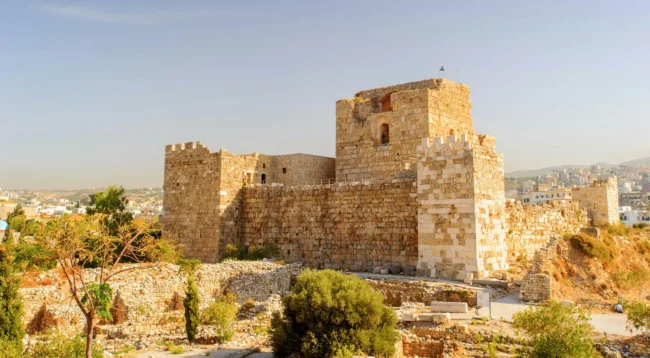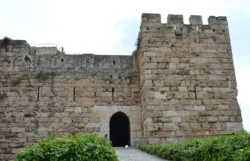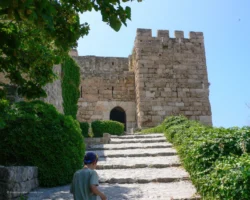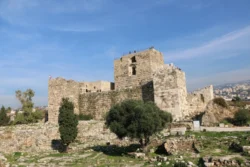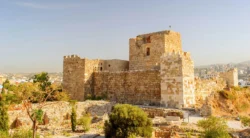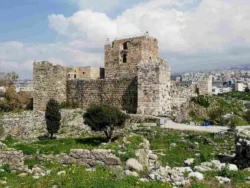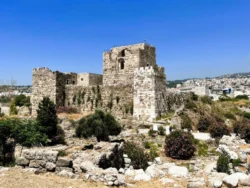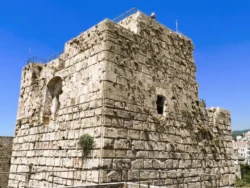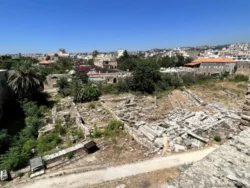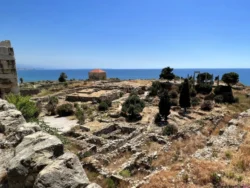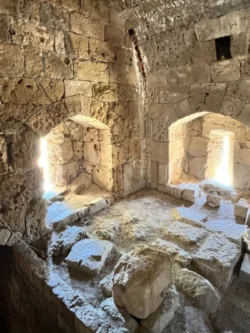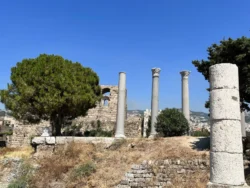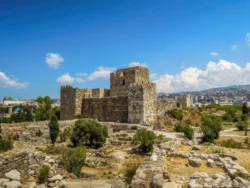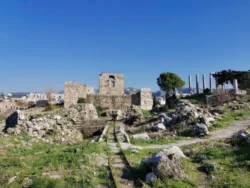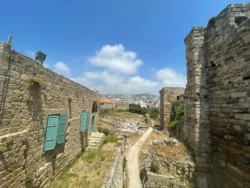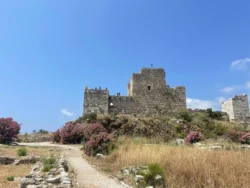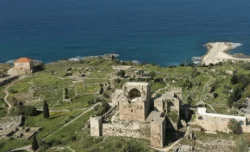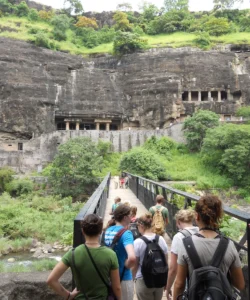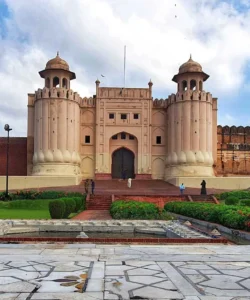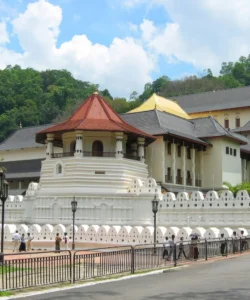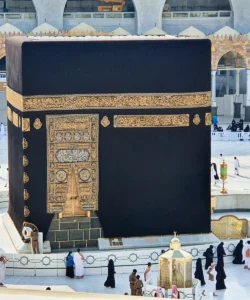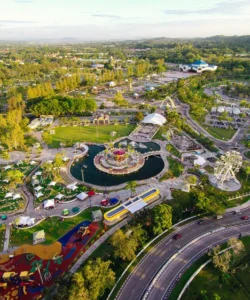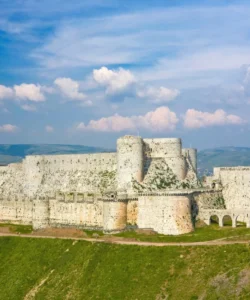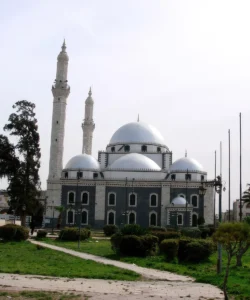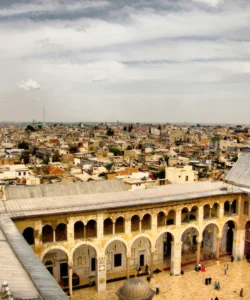The Byblos Citadel, also known as Byblos Castle, is a historic Crusader fortress located in the heart of the ancient city of Byblos (modern-day Jbeil) in Lebanon. It stands as a powerful testament to the city’s long and storied history, which spans over 7,000 years.
Listen to an introduction to Byblos Citadel
Name and Address
- Name: Byblos Citadel, or Byblos Castle. In Crusader times, it was known as the Castle of Gibelet.
- Address: Located within the Byblos archaeological site in Jbeil, Lebanon, on the Mediterranean coast approximately 40 kilometers north of Beirut.
How to Get There
Byblos is a popular destination and is easily accessible from Beirut.
- By Car/Taxi: The most direct way is a drive of approximately 45 minutes to an hour from Beirut, depending on traffic. The coastal highway connects the two cities.
- By Public Transport: You can take a shared taxi (“service taxi”) or a bus from Beirut’s Charles Helou bus station to Jbeil. From the drop-off point on the highway, it’s a short walk to the ancient city and the citadel.
- Organized Tours: Many day trips from Beirut combine a visit to Byblos with other famous Lebanese sites, such as Jeita Grotto and the Shrine of Our Lady of Lebanon in Harissa.
History and Architecture
The citadel’s history is a blend of different civilizations that left their mark on the site.
- Crusader Origins: The fortress was built in the 12th century by the Crusaders, largely using local limestone and incorporating stones from earlier Roman structures.
- Strategic Design: The citadel features a square plan with a central keep (or donjon) and four corner towers, a design meant to provide multiple layers of defense. It was originally surrounded by a moat.
- Shifting Control: The castle was captured by Saladin in 1188, who partially dismantled its walls. The Crusaders later recaptured and rebuilt the fortifications in 1197. Over the centuries, it was occupied and modified by various powers, including the Mamluks and Ottomans.
What Makes It Famous
The Byblos Citadel is famous not only as a military fortress but also as a window into one of the world’s oldest cities.
- UNESCO World Heritage Site: The entire archaeological site of Byblos, which includes the citadel, was designated a UNESCO World Heritage Site in 1984.
- Layered History: The grounds of the citadel are adjacent to a vast archaeological park that contains the ruins of many successive civilizations, including Neolithic huts, Phoenician temples, a Roman amphitheater, and a royal necropolis.
- Phoenician Alphabet: The city of Byblos is directly linked to the history and diffusion of the Phoenician alphabet, which is the ancestor of most modern alphabets. The sarcophagus of King Ahiram, found at the site, contains one of the earliest known examples of the Phoenician alphabet.
Connection to the Cedars of God
The Byblos Citadel and the Cedars of God are linked by an ancient, historical trade network.
- The city of Byblos was a major maritime port for the Phoenicians, who were renowned for their seafaring and trade.
- The Phoenicians were instrumental in harvesting the prized Lebanon cedar wood from the forests of Mount Lebanon, which they then exported from ports like Byblos to civilizations across the Mediterranean, most notably to Egypt.
- The wealth and power of ancient Byblos were built, in part, on this extensive cedar trade.
Byblos Citadel Photos:
